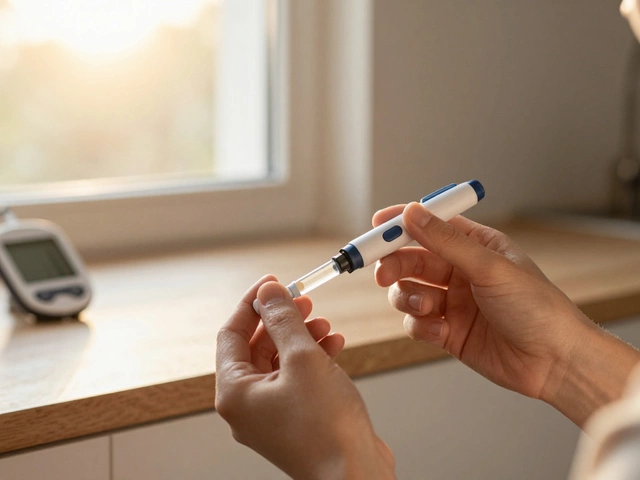Genicular Artery Embolization: A Simple Guide
If you’re battling knee pain from osteoarthritis and medicines aren’t helping, you’ve probably heard of genicular artery embolization (GAE). It’s a minimally invasive option that aims to cut the pain source without cutting the joint. Think of it as a targeted “traffic jam” for the blood vessels that fuel inflammation.
Why consider GAE? Traditional knee replacement surgery works for many, but it’s a major operation with weeks of rehab. GAE offers relief with a tiny needle, a short office stay, and a quicker return to daily tasks. For people who want to avoid implants or who are too young for joint replacement, it can be a good middle ground.
Who’s a good fit? Most candidates are adults with moderate to severe knee osteoarthritis who still have decent joint movement. If you’ve tried physical therapy, injections, and oral meds without lasting relief, your doctor may suggest GAE. It’s not meant for acute injuries, infections, or advanced joint damage where replacement is inevitable.
How the Procedure Works
During GAE, a radiologist threads a thin catheter through a small puncture in the groin or wrist and guides it to the genicular arteries that supply the knee. Using live X‑ray images, they release tiny particles that block these vessels. By reducing blood flow, the inflammation that causes pain quiets down. The whole process usually takes 45‑60 minutes.
The key advantage is precision. The particles only affect the targeted arteries, leaving surrounding tissue untouched. This means you avoid the big cuts and stitches of traditional surgery, and the risk of infection drops dramatically.
What to Expect After GAE
Most people leave the clinic the same day. You might feel a mild ache or bruising at the entry site for a day or two – that’s normal. Over the next week, many report a noticeable dip in pain and better knee function. Full benefits often show up after 2‑4 weeks as the body adjusts.
Recovery tips are simple: keep the puncture area clean, avoid heavy lifting for 24‑48 hours, and stay mobile with gentle walking. Your doctor may suggest light stretching or a short physiotherapy program to keep the joint moving. If you notice increasing swelling, fever, or worsening pain, call your provider right away.
Like any procedure, GAE carries some risks. The most common are minor bruising, temporary numbness, or a tiny amount of blood loss. Serious complications such as artery damage or non‑target embolization are rare but possible. A thorough pre‑procedure check‑up helps keep these risks low.In short, genicular artery embolization offers a practical bridge between medication and full‑joint replacement. It’s quick, has a short recovery, and can give you back the comfort you miss in daily life. Talk to your orthopedic specialist or interventional radiologist to see if GAE fits your knee pain plan.




